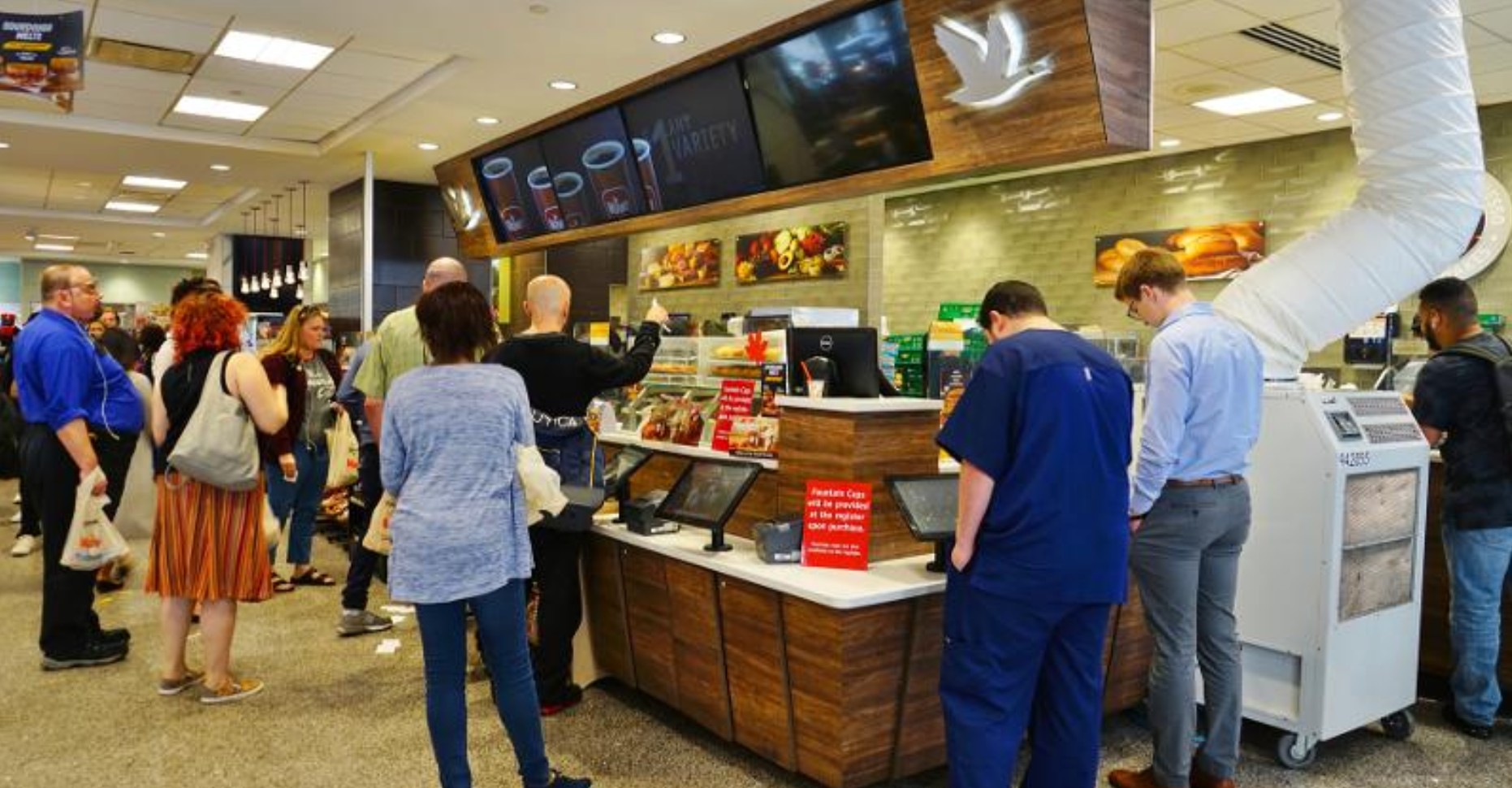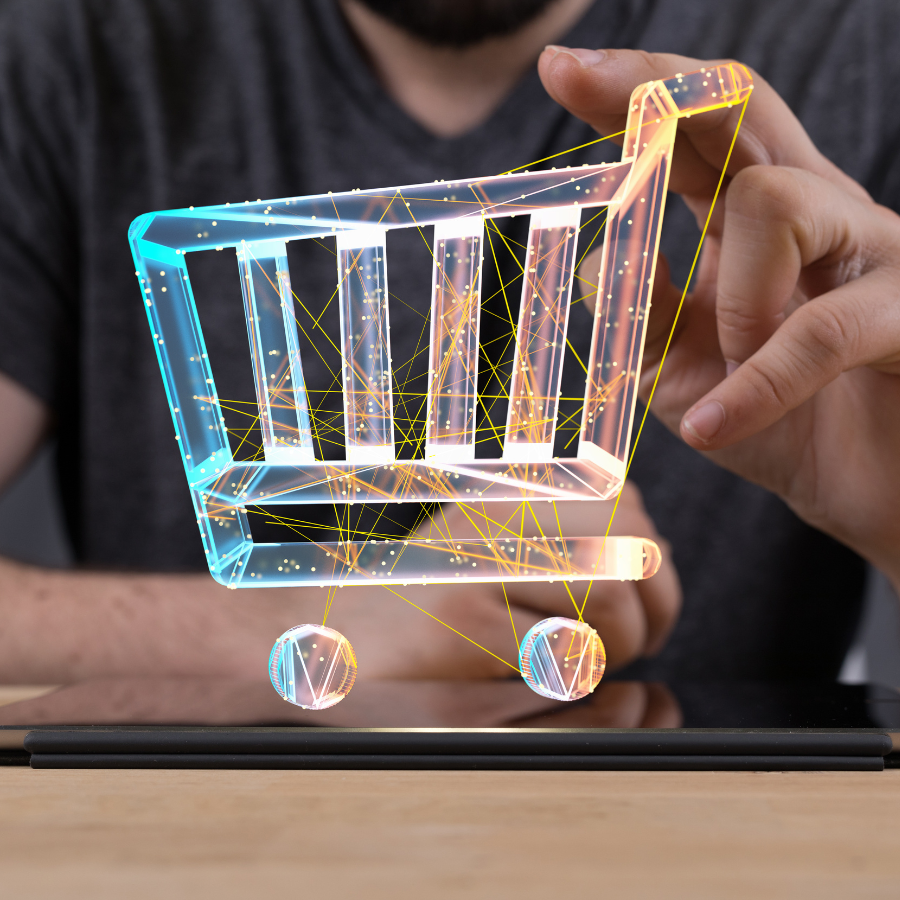Can C-Stores Reinvent Themselves for Success in the Digital World?

Convenience stores have seen relatively few technology advancements over the last 100 years. In most cases, they’ve embraced technology only when necessary. For example, many c-stores lagged behind other retail outlets when it came to accepting digital credit card processing. However, this is rapidly changing as the c-store industry faces an intense wave of technological innovation.
Some changes are a result of natural advancements in technology or shifts in consumer behavior over time. However, the global pandemic has accelerated the technology adoption rate and created a necessity to keep up with other competitors. C-stores that fail to implement cutting-edge technology could fall behind.
Current Situation and Drivers Impacting C-Store Technology
The COVID-19 pandemic has been a major driver in the recent changes to c-store technology. As people changed their commuting habits and looked for safe shopping experiences, many c-stores were forced to adapt and bring new solutions. C-stores weren’t the only ones who had to make this shift. Other business types such as grocery stores and other retailers began offering similar services. This brought c-stores in direct competition with these business types for the first time.
- Customer Expectations – Today’s consumer is very used to interacting with brands that use technology to enhance their shopping experience. About 63 percent of consumers prefer to shop with retailers who embrace digital solutions.
- Touchless Technology – Fewer customers want to get out of their cars to shop. In many cases, they want to be able to get products quickly without having to interact with another human being. For this reason, mobile app ordering and touchless kiosks are in high demand.
- Personalization – Customers expect to have a shopping experience that is personalized to their needs. Features such as digital customer loyalty programs, tailored advertising, and customized promotions are expected. The best way to accomplish this is through technology.
- On-Demand Products – C-stores need to offer products exactly when consumers need or want them. Younger generations are especially accustomed to services such as Amazon’s same day delivery. This is forcing many c-store operators to explore technology solutions for product delivery that include easy order interfaces and the ability to track deliveries right to their doors.
- Communication and Engagement – The average person anticipates regular engagement from the brands they love. Instead of relying on foot traffic to c-stores, more operators are using technology to proactively engage their customers through mobile apps and social media.
Challenges with C-Store Technology
Technology adoption will be a huge hurdle for many c-store operators to overcome. By understanding the challenges and risks, c-store businesses have a better opportunity to avoid costly mistakes.
- Capital Investment – Rolling out new technology comes with a cost. The initial investment in new technology could be limiting for small c-store chains that don’t have the resources to implement mobile apps, artificial intelligence (AI), and other digital applications.
- Increased Competition – C-stores no longer have the advantage of convenience. With new technology, grocery stores and quick service restaurants can provide many of the same services. This will continue to put pressure on c-store operators to innovate in order to remain competitive.
- Data Security – Big data will likely play a critical role in the future of c-stores. The ability to gather and leverage large amounts of data will allow stores to optimize their product offerings and better engage their customers. However, there are also risks that come with the storage of data. Large volumes of data will make businesses a target for cybercriminals looking for valuable information such as credit card numbers and other personal information.
- Quick Execution and Adaptability – Technology is advancing more and more rapidly each year. As soon as one technology become popular, it is replaced by another. Companies that can’t move quickly enough, may end up burning through resources or rolling out technology just as it’s losing its appeal with consumers.
- Expertise – Most c-store businesses don’t have the talent on staff to build, program, and maintain new digital solutions. C-store operators will need to hire people to fill these technical roles.

The Future of C-Store Technology – The Near Future
Over the next 5 years or so, you can expect to see smaller c-store businesses catching up with the technology that has been rolled out by larger brands such as 7-Eleven. The lines will continue to be blurred between the in-store experiences with the new digital world.
- Data-Driven Decision Making – More c-stores will embrace data to optimize store layouts, analyze customer behavior, and fine tune product offerings. This data focus will likely lead to more and more AI data solutions.
- Expansion Beyond the Physical Space – Mobile applications and other web platforms have begun allowing c-store customers to interact with the brand outside of the traditional retail space. This trend will likely continue as companies find new ways to interact with customers no matter where they are.
- Internet of Things (IoT) – C-store equipment such as coolers and food processing equipment will become more interconnected through IoT technology. This will also influence non-customer facing equipment such as HVAC systems to help c-stores proactively reduce maintenance costs and avoid disruptions to the customer experience.
- Targeted Advertising – Instead of mass-produced offers, technology will provide more opportunities to target customers with specific deals that are designed just for them.
The Future of C-Store Technology – 10+ Year Look Ahead
As technology continues to advance, it’s difficult to predict exactly how the c-store of the future will look. One thing is for sure, the c-store is on a path to be unrecognizable by our grandparents over the next 10-15 years.
Many c-stores will be fully automated by AI systems that track inventory, create promotional ads to target specific customers, and order new products based on recent purchases or customer demands. There will be less thinking done by humans. Companies like Blam Retail are creating interactive websites, digital storefronts and point-of-sale data integration while other technology companies are proposing “agile stores” that provide optimized tasks and instructions to human workers based on a complex algorithm.
Another trend is the rise of the electric car. Today, more than 80 percent of c-stores sell fuel for automobiles. As more and more vehicles move to electric, c-stores will need to transition from traditional fuel pumps to charging stations. Electric car charging is a bit more time consuming (with the current technology), so c-stores will need to leverage this time by providing virtual kiosks for shopping and amenities like Wi-Fi, lounges, and restrooms.
In the future, customers won’t need to fetch a credit card to make a purchase. Amazon’s Just Walk Out program is testing that very model today where customer’s simply walk out of the store with their purchases and are charged automatically. Some cars may have the consumer’s digital wallet onboard so that purchases are charge from the parking lot. It’s also possible that c-stores could embrace digital currencies like Bitcoin or Ethereum.
Augmented reality could take over as more and more companies entertain the metaverse which will offer immersive digital spaces that consumers could visit from the comfort of their own homes by simply putting on a virtual reality (VR) headset.
No matter what the future holds, c-store operators are in for a wild ride. The most critical step that businesses can take today is to invest in new technology. It’s becoming clearer that traditional c-stores are on track to be a thing of the past. They must track with the needs and tendencies of their evolving customers.




